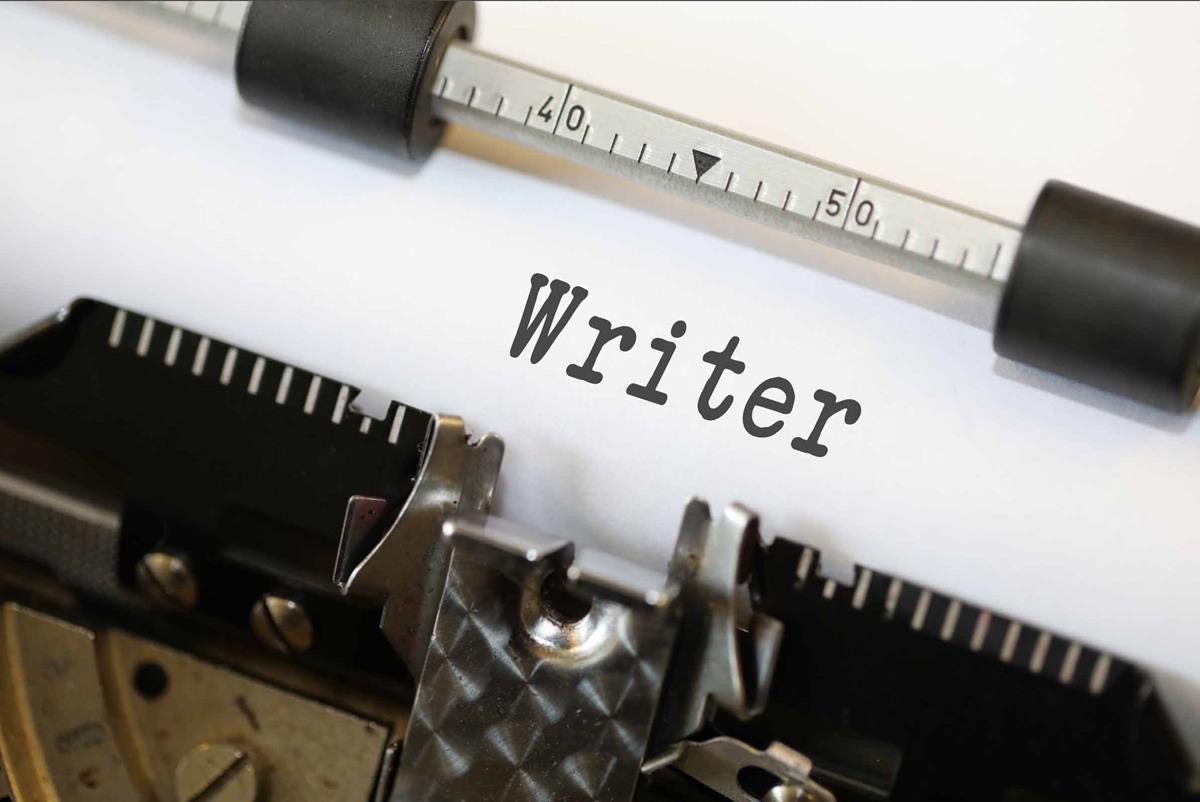
Keaton and Kunis Play Father and Daughter In Writer-Director Meyers-Shyer’s “Goodrich”
Hallie Meyers-Shyer, center, writer/director of “Goodrich,” poses with cast members Michael Keaton, left, and Mila Kunis, Tuesday, Oct. 8, 2024,
Calligraphy has evolved by losing the ligatures between letters and has adopted forms more similar to printed correspondence. Elva Etienne (Getty Images) In Valencia, in the mid-20th century, a young bank employee and professor of business administration named Ramón Rubio founded a small academy aimed primarily at training candidates who aspired to become accountants in their professional development. To provide extra support for his classes, Rubio created a system of cards with which his students could reinforce the knowledge they had acquired in accounting and calligraphy at home. Over time, these cards were bound together and became the seed of what is now known as the Rubio Notebooks, famous for improving — since the 1970s — the calligraphy of many generations who, thanks to Rubio’s foresight, developed the necessary skills to acquire ease and agility when writing. The type of letter that was produced with these notebooks was the classic connected letter, in which each letter is joined to the next with a series of strokes making it unnecessary to lift the pencil from the paper until there is a space between words. Visually, it is very different from the print or script typeface that predominates today. The latter does not have ligatures between the letters and is a faster way of writing. While students used to write their classwork and notes by hand during high school and university, now they do so with a tablet or computer. This lack of handwriting practice is clearly reflected in calligraphy, which has evolved by losing the ligatures between letters and has adopted forms more similar to those of printed letters. To understand this change, it is necessary to examine the factors that determine an individual’s way of writing. “Handwriting is like a biography of oneself. In reality, one begins to write at school as one is taught and the legibility of the handwriting will depend, in part, on the quantity and quality of the calligraphy practiced during childhood,” explains Elena Giner Muñoz, a graphologist and expert in calligraphy. “Then, during adolescence, one begins to deviate a little from the calligraphic pattern; […]
Click here to view original page at Is our handwriting getting worse? It’s not just technology that affects our way of writing
© 2024, wcadmin. All rights reserved, Writers Critique, LLC Unless otherwise noted, all posts remain copyright of their respective authors.

Hallie Meyers-Shyer, center, writer/director of “Goodrich,” poses with cast members Michael Keaton, left, and Mila Kunis, Tuesday, Oct. 8, 2024,

Members of the Steamboat Writers’ Workshop (top row, from left) John Grassby, Bryan Kennedy, Kathleen Guler, Ken Proper, Polly Holyoke,


